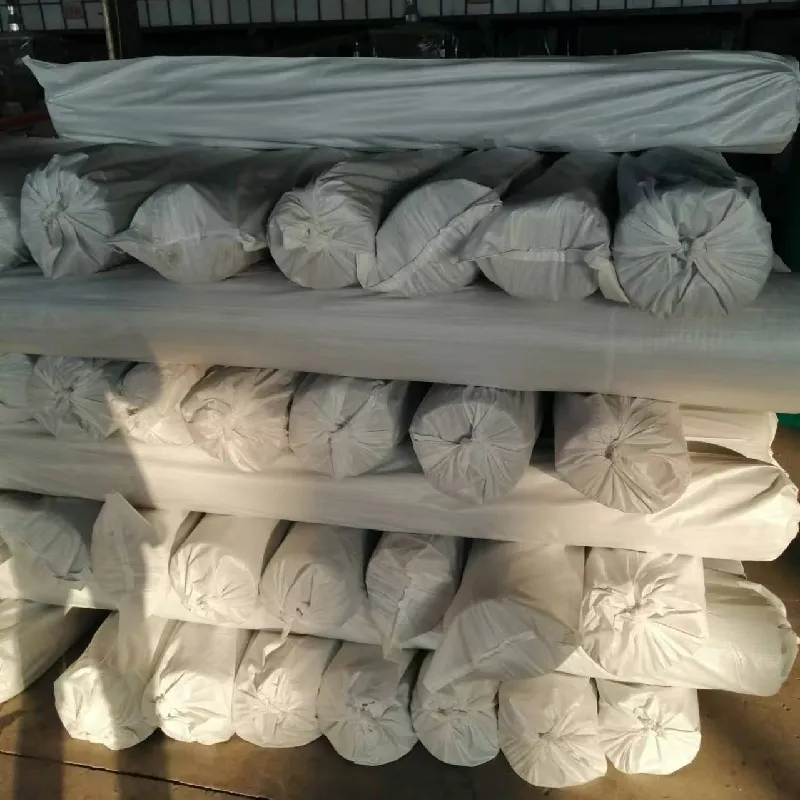-
 Afrikaans
Afrikaans -
 Albanian
Albanian -
 Amharic
Amharic -
 Arabic
Arabic -
 Armenian
Armenian -
 Azerbaijani
Azerbaijani -
 Basque
Basque -
 Belarusian
Belarusian -
 Bengali
Bengali -
 Bosnian
Bosnian -
 Bulgarian
Bulgarian -
 Catalan
Catalan -
 Cebuano
Cebuano -
 China
China -
 Corsican
Corsican -
 Croatian
Croatian -
 Czech
Czech -
 Danish
Danish -
 Dutch
Dutch -
 English
English -
 Esperanto
Esperanto -
 Estonian
Estonian -
 Finnish
Finnish -
 French
French -
 Frisian
Frisian -
 Galician
Galician -
 Georgian
Georgian -
 German
German -
 Greek
Greek -
 Gujarati
Gujarati -
 Haitian Creole
Haitian Creole -
 hausa
hausa -
 hawaiian
hawaiian -
 Hebrew
Hebrew -
 Hindi
Hindi -
 Miao
Miao -
 Hungarian
Hungarian -
 Icelandic
Icelandic -
 igbo
igbo -
 Indonesian
Indonesian -
 irish
irish -
 Italian
Italian -
 Japanese
Japanese -
 Javanese
Javanese -
 Kannada
Kannada -
 kazakh
kazakh -
 Khmer
Khmer -
 Rwandese
Rwandese -
 Korean
Korean -
 Kurdish
Kurdish -
 Kyrgyz
Kyrgyz -
 Lao
Lao -
 Latin
Latin -
 Latvian
Latvian -
 Lithuanian
Lithuanian -
 Luxembourgish
Luxembourgish -
 Macedonian
Macedonian -
 Malgashi
Malgashi -
 Malay
Malay -
 Malayalam
Malayalam -
 Maltese
Maltese -
 Maori
Maori -
 Marathi
Marathi -
 Mongolian
Mongolian -
 Myanmar
Myanmar -
 Nepali
Nepali -
 Norwegian
Norwegian -
 Norwegian
Norwegian -
 Occitan
Occitan -
 Pashto
Pashto -
 Persian
Persian -
 Polish
Polish -
 Portuguese
Portuguese -
 Punjabi
Punjabi -
 Romanian
Romanian -
 Russian
Russian -
 Samoan
Samoan -
 Scottish Gaelic
Scottish Gaelic -
 Serbian
Serbian -
 Sesotho
Sesotho -
 Shona
Shona -
 Sindhi
Sindhi -
 Sinhala
Sinhala -
 Slovak
Slovak -
 Slovenian
Slovenian -
 Somali
Somali -
 Spanish
Spanish -
 Sundanese
Sundanese -
 Swahili
Swahili -
 Swedish
Swedish -
 Tagalog
Tagalog -
 Tajik
Tajik -
 Tamil
Tamil -
 Tatar
Tatar -
 Telugu
Telugu -
 Thai
Thai -
 Turkish
Turkish -
 Turkmen
Turkmen -
 Ukrainian
Ukrainian -
 Urdu
Urdu -
 Uighur
Uighur -
 Uzbek
Uzbek -
 Vietnamese
Vietnamese -
 Welsh
Welsh -
 Bantu
Bantu -
 Yiddish
Yiddish -
 Yoruba
Yoruba -
 Zulu
Zulu
Optimizing Safety Measures with Guardrail Netting Solutions for Effective Protection
Understanding Guardrail Netting A Key Element in Safety and Prevention
Guardrail netting is a crucial safety feature used in various industries, including construction, transportation, and recreation. Designed to enhance safety standards and prevent accidents, guardrail netting serves as both a physical barrier and a visual deterrent. In recent years, the emphasis on safety has grown exponentially, prompting a closer look at how guardrails and netting contribute to overall risk management.
The Importance of Guardrail Netting
At its core, guardrail netting is implemented to safeguard individuals from falling objects, unintended falls, and various hazards that may arise in an industrial or outdoor setting. For instance, in construction sites, materials and tools can easily become projectiles when mishandled or exposed to harsh weather conditions. By installing guardrail netting around the perimeter, workers can be protected from debris, thus minimizing workplace injuries.
In the realm of recreational facilities, such as amusement parks and sports arenas, guardrail netting ensures that visitors remain safe from potential hazards. It helps to contain objects like balls or other projectiles that could jeopardize the safety of spectators and participants alike. Furthermore, guardrail netting can also keep unauthorized personnel from accessing dangerous areas, further enhancing the overall security of the facility.
Types of Guardrail Netting
There are several types of guardrail netting, each designed to serve specific purposes depending on the environment and hazards present
. The most common types include1. Mesh Netting This type of guardrail netting is often utilized in construction and industrial operations. Made from durable synthetic materials, such as polyethylene or nylon, mesh netting is designed to withstand harsh conditions and resist tearing. It provides a versatile solution for stopping debris and preventing falls.
guardrail netting

2. Wire Rope Netting Comprising of high-tensile steel wire, wire rope netting is specifically designed for high-impact situations. It is ideal for locations where heavy objects may fall from significant heights, such as skyscrapers or large scaffolding structures. The strength of the wire ensures maximum safety against heavy debris.
3. Polyester Netting Used primarily in recreational areas, polyester netting is lightweight yet strong, offering durability without imposing excessive weight load. This netting is commonly found at sports fields and playgrounds, where it serves to prevent balls from leaving the playing area and protects spectators.
Installation and Maintenance
The effectiveness of guardrail netting is heavily dependent on proper installation. An inadequate installation could lead to catastrophic failures, putting individuals at risk. It's essential to follow manufacturer guidelines and local safety regulations to ensure that the netting is securely attached to the guardrails and can withstand environmental stressors.
Routine inspections and maintenance are also vital components of ensure guardrail netting remains in optimal condition. Over time, wear and tear, environmental exposure, and other factors can deteriorate the structural integrity of the netting. Regular inspections allow for the identification of any weaknesses or damages, ensuring timely repairs or replacements, ultimately keeping safety at the forefront.
Conclusion
In a world where safety is of paramount importance, guardrail netting stands out as an effective preventive measure. It provides a necessary barrier against falls and flying debris, protecting both workers and the general public. The different types of netting available cater to a range of industrial and recreational needs, making them a versatile solution for a variety of environments.
With a focus on proper installation and ongoing maintenance, guardrail netting can significantly reduce accidents and enhance overall safety. As we continue to prioritize health and safety in all aspects of life, understanding and utilizing guardrail netting will play a crucial role in creating a safer environment for everyone.
-
Shipping Plastic Bags for Every NeedNewsJul.24,2025
-
Safety Netting: Your Shield in ConstructionNewsJul.24,2025
-
Plastic Mesh Netting for Everyday UseNewsJul.24,2025
-
Nylon Netting for Every UseNewsJul.24,2025
-
Mesh Breeder Box for Fish TanksNewsJul.24,2025
-
Expanded Steel Mesh Offers Durable VersatilityNewsJul.24,2025











